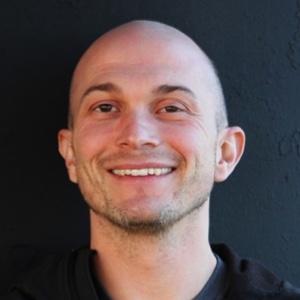If you've ever programmed a robot, CNC, or pick-and-place machine, you've experienced them doing exactly what you told them to, but not what you wanted them to do. The current state of automating these machines is similar to programming in assembly language. While it's better than bare metal machine code, the improvement is minimal.
Join us to walk away with
- How to avoid common missteps when automating at small scale
- How to reduce the fixed costs of automating processes
- How to use tools of mass-production at any scale
- Factor hardware into the overall automation process.








